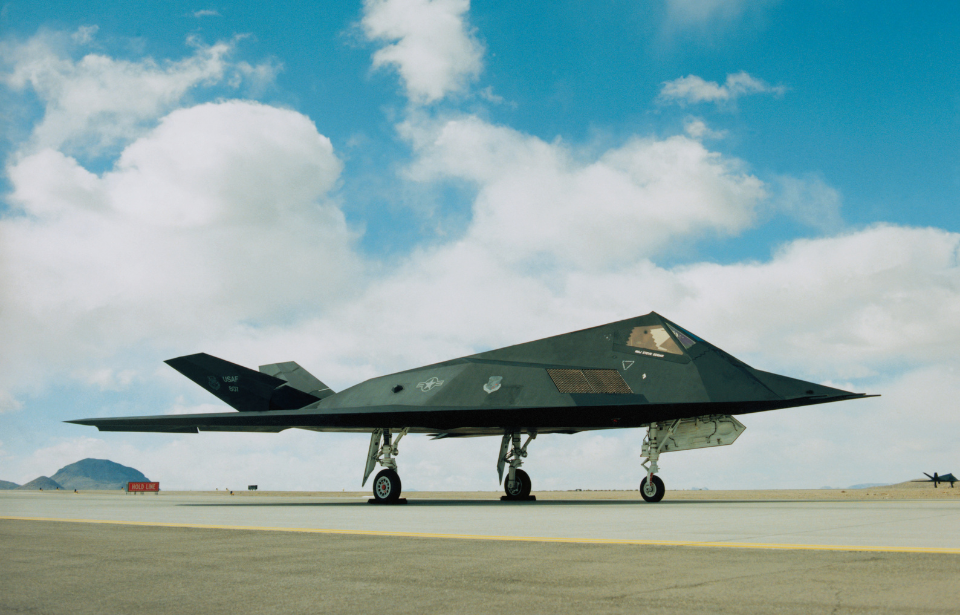The Lockheed F-117 Nighthawk was the first ever operational US Air Force stealth aircraft. It proved to be highly successful and effective, operating in a number of missions, including the US invasion of Panama and the Gulf War.
Despite its impressive record, the F-117 was put into early retirement after just under 25 years of service. The cause? It made a lot of sacrifices in exchange for stealth, eventually fading into the shadow of newer technologies and better aircraft.
The intention of the F-117 Nighthawk
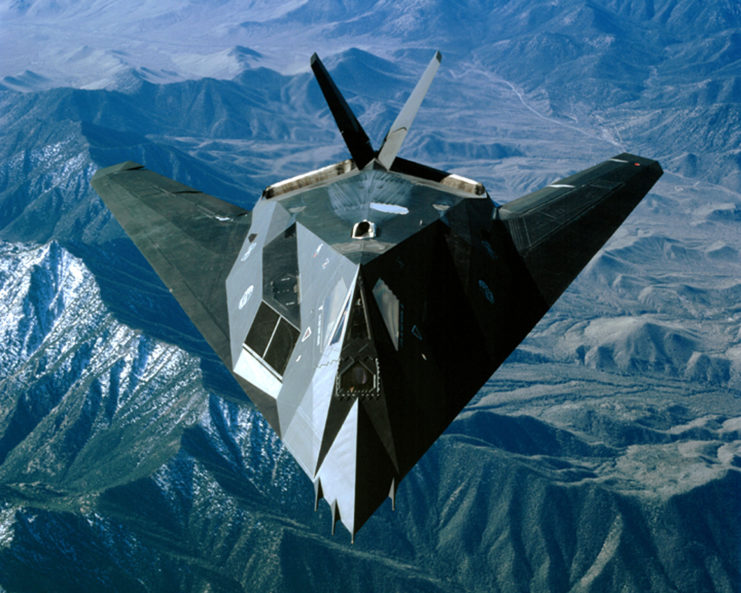
The F-117 Nighthawk was designed in response to America’s urgent need for a jet fighter that could fly undetected. During the Vietnam War and the Yom Kippur War, Soviet surface-to-air missiles (SAMs) downed heavy bombers and other aircraft, as they were easily detectable on radar.
Lockheed was responsible for creating the stealth jet, which flew in 1981. Deliveries began the following year, with operational capacity reached in 1983. The F-117’s existence remained a secret until 1988, when the program became public knowledge. Even still, it was another two years before the aircraft made its first public appearance.
The F-117 was designed to reflect radar waves using angular panels and an external coating of radar-absorbent material. The angular design allowed for a reduction in the aircraft’s radar signature, with aerodynamic control provided through onboard computer units. It also boasted a small radar cross-section, and the combination made the aircraft nearly invisible to radar.
The F-117 Nighthawk had its fair share of limitations
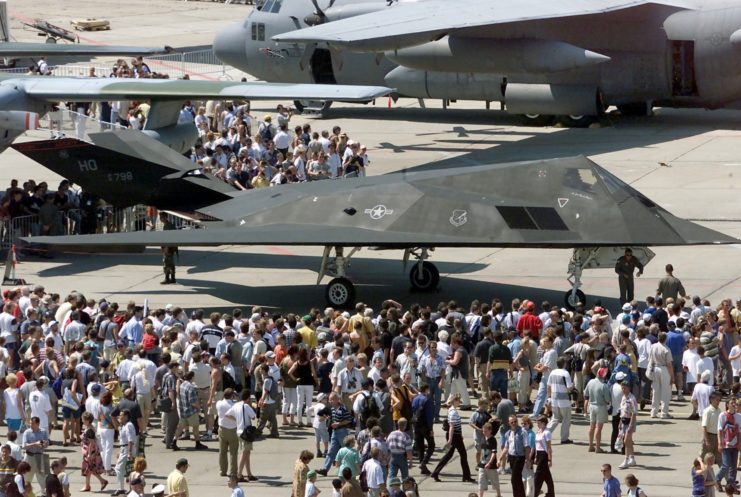
Unfortunately, the F-117 Nighthawk had limitations that forced it into retirement relatively quickly. To begin with, its ability to carry radar equipment was replaced with the capability to emit lower emissions and increase its stealth. This hindered the F-117’s effectiveness as a fighter.
The F-117 also had what developers called a “wing failure” problem. The design sacrificed aerodynamics for a smaller radar cross-section and that sometimes forced the wing and tail sections to come apart. The aircraft also had no afterburner and a lower engine thrust, so it couldn’t make hasty escapes in the case of a dogfight.
The rise of supercomputers capable of calculating radar cross-sections while also maintaining adequate aerodynamics allowed the US Air Force to create better aircraft, lessening the need for the F-117. The development of the Lockheed Martin F-22 Raptor pretty much ended the F-117’s years in service, and even then, the F-22 has since been outshined by the Lockheed Martin F-35 Lightning II.
The aircraft wasn’t actually a fighter jet
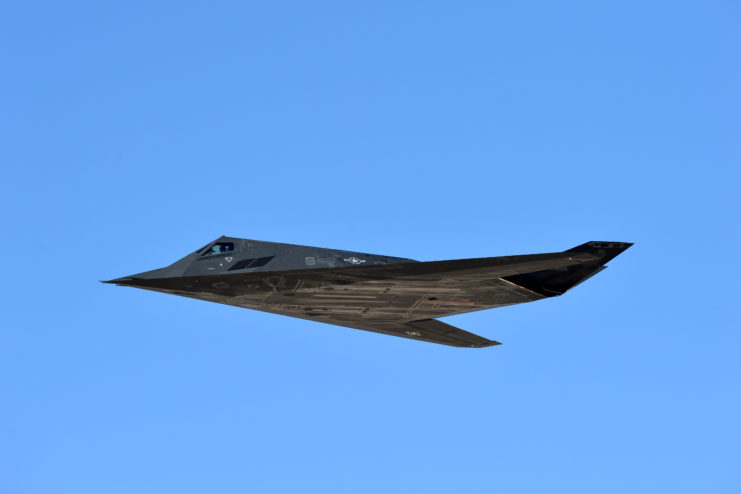
The “F”-prefix designation of the F-117 Nighthawk is slightly misleading, as the aircraft isn’t a fighter jet. The designation is given to aircraft that are designed specifically for engaging other aircraft in battle – AKA, air-to-air combat. The F-117 didn’t fit this designation, as it was intended to engage ground targets in secrecy.
The F-117 didn’t carry any guns and only offered a payload of two 2,000-pound bombs. Its lack of radar also meant it couldn’t support radar-guided weapons. The only ones it could facilitate were infrared-guided or heat-seeking missiles, but the only way they could be fired was if the pilot spotted enemy aircraft with his or her own eyes.
Ultimately, the F-117 was not equipped for success if it found itself in a dogfight. Gen. Robert J. Dixon, who served at Tactical Air Command, explained the reason for the “F” designation was to entice the highest skilled and most capable pilots to join the new stealth program. A new attack aircraft just doesn’t have the same appeal as a new stealth fighter.
Loss during the Kosovo War
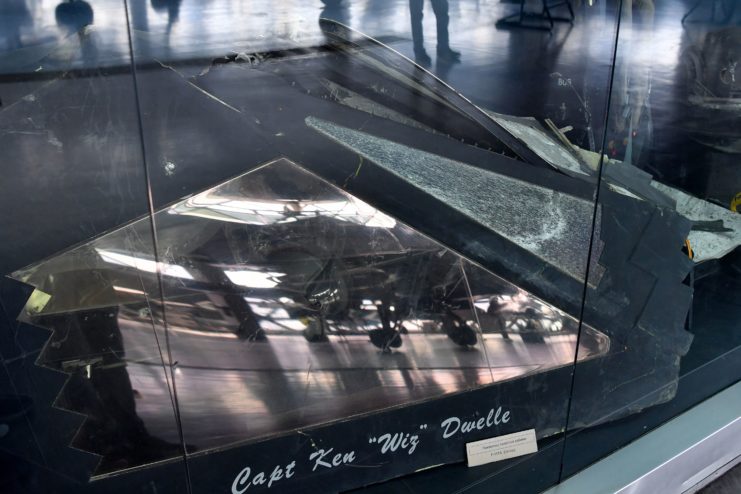
The issue with trying to make the F-117 Nighthawk a weapons-capable fighter was that the pilot would have to open the weapons bay door to fire the internal payload. Unfortunately, once its doors were open, the aircraft’s stealth was entirely compromised. That’s exactly what happened during the March-June 1999 NATO bombing of Yugoslavia.
When Lt. Col. Darrell Patrick “Dale” Zelko was piloting his F-117A during the Kosovo War, he opened his weapons bay door and exposed his position to an enemy commander who had secured a lock on his aircraft. Two surface-to-air missiles were fired from a Mikoyan MiG-29, striking the F-117 and forcing Zelko to eject. There was little else he could do.
The F-117 Nighthawk enters retirement
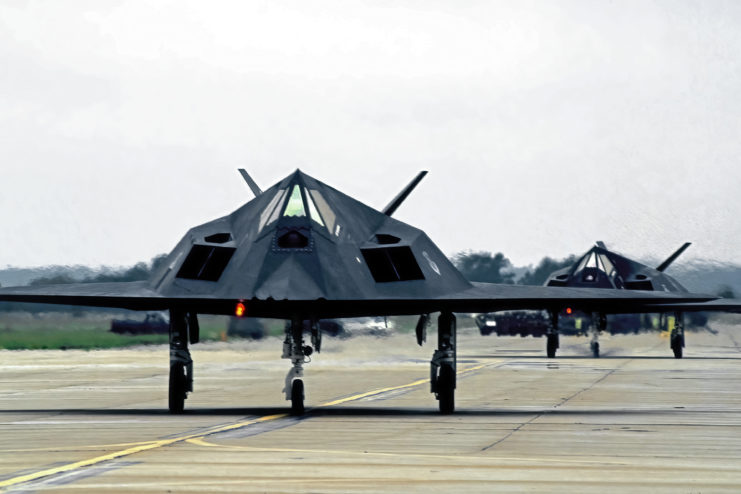
While the last F-117 Nighthawk was delivered in 1990, the aircraft still saw action during the Gulf War. During Operation Desert Storm, F-117s were credited with having flown approximately 1,300 sorties and hitting 1,600 high-value targets in Iraq. The aircraft was also flown during the breakup of Yugoslavia, where the aforementioned F-117 was downed, and in the early stages of the wars in Iraq and Afghanistan.
More from us: Convair B-58 Hustler: The First Operational Bomber to Reach Mach 2
By 2008, all F-117s were completely retired after just under 25 years in service. Following their retirement, Operation Nighthawk Landing was successfully implemented to permanently install an F-117 Nighthawk for public display at the Ronald Reagan Library in Simi Valley, California.
